Have you noticed a mid-afternoon slump where it's hard to keep your eyes open, no matter how much coffee you drink? This might not only be a moment of fatigue, but it may also indicate that your circadian rhythm is slightly off.
Think of your circadian rhythm as your body's natural 24-hour clock. It regulates when you feel awake or sleepy, affects your energy and mood, and plays a role in how you function throughout the day.
Disruptions to your circadian rhythm can affect your sleep, mood, and energy level. Restoring balance to your body's internal clock is essential.
Exposure to light plays a critical role in regulating the circadian rhythm. Since 1993, Day-Light has studied the circadian rhythm to improve our light therapy lamps. Through our research, we've come to understand better the circadian rhythm and its role in our well-being.
This article offers a guide to understanding your circadian rhythm, drawing on insights from leading health organizations and scientific research.
 Circadian Rhythm vs. Biological Clock: Understanding the Difference
Circadian Rhythm vs. Biological Clock: Understanding the Difference
Sometimes, the terms "circadian rhythm" and "biological clock" are used interchangeably. However, even though they're related, there is a difference. To understand the difference between circadian rhythm and biological clock, it's helpful to consider the analogy listed below.
Think of your biological clock as a watch. The watch lets you know the time and reminds you of your tasks throughout the day. It is the physical mechanism that helps you maintain your routine. Your circadian is your daily routine and how you carry out that schedule.
Consider the definition below to understand the difference.
- Biological clock: Your biological clock is your body's internal timing device. In humans, the master biological clock is the suprachiasmatic nucleus (SCN), situated in the hypothalamus of the brain. Your biological clock sends signals that regulate various bodily functions in sync with your environment. It's the physical mechanism that keeps time.
- Circadian rhythm: Your circadian rhythm acts as the schedule of functions and activities that your body's biological clock controls. It regulates functions such as your sleep-wake cycle, hormone release, metabolism, and digestive activity.

What Controls and Regulates Your Circadian Rhythm?
Learning about the factors that control circadian rhythm helps you understand the adjustments you can make.
Primary Regulator
Various factors control and regulate your circadian rhythm. The primary regulator is the SCN, which is the master clock. Light exposure plays a pivotal part in activating the SCN.
There are both external and internal cues.
Key External Cue (Zeitgebers)
Exposure to light is the single most powerful external cue (zeitgeber). When blue light from the sun enters the eye's retina, specialized light-sensitive cells called intrinsically photosensitive retinal ganglion cells (ipRGCs) trigger the SCN. This causes a release of serotonin, which helps wake you up. The absence of sunlight in the evening helps trigger the release of melatonin, preparing you for sleep.
If you don't get adequate sun exposure, your circadian rhythm may be disrupted. Factors such as your work schedule, time of year, and location can affect your sun exposure. Fortunately, bright light therapy is an alternative that mimics sunlight.
Other Cues
In addition to the biological clock, other factors also influence circadian rhythm, such as:
- Social interactions: Frequent late-night social interactions and irregular social schedules may desynchronize your circadian rhythm
- Meal timing: Eating meals at regular times may affect metabolism and mismatch your digestive system rhythm with your sleep-wake cycle.
- Work schedules: Your work schedule may affect your exposure to light and activity patterns.
- Physical activity: Exercising too close to bedtime may delay the release of the hormone melatonin and can affect your ability to fall asleep.
Key Internal Regulators
You also have certain internal regulators, which include neurotransmitters that can affect your circadian rhythm, such as:
- Melatonin: Melatonin is a hormone made by the pineal gland in the brain. Its levels rise in the evening when it gets dark and fall in the morning when exposed to sunlight. Melatonin signals to the body that it is time to sleep.
- Cortisol: Cortisol is a hormone made by the adrenal glands. It plays a crucial role in your body's stress response, influencing functions such as alertness. Cortisol is typically at its highest level in the morning, helping you wake up.
Because light exposure plays a crucial role in regulating melatonin production, it is essential to receive sufficient light. However, getting natural sunlight is not always possible. That's where light therapy can help and be an effective alternative to natural sunlight exposure.
Light therapy lamps are designed to mimic natural sunlight. These help regulate the SCN and promote healthy melatonin production.
 What Happens When Circadian Rhythms are Disrupted? The Consequences of a Misaligned Clock
What Happens When Circadian Rhythms are Disrupted? The Consequences of a Misaligned Clock
Various factors, including life circumstances, can sometimes cause a misaligned internal clock. So, what happens when circadian rhythms are disrupted? The answer is potentially several adverse things.
Misalignment of your circadian rhythm can lead to sleep difficulties, including insomnia and sleep deprivation. It can also increase your risk of various health conditions and affect your mood.
According to the Sleep Foundation, circadian rhythm disruption can cause both short-term and long-term effects, including the following:
Short-Term Effects:
Short-term effects can include:
- Daytime sleepiness and fatigue
- Difficulty concentrating and poor cognitive performance.
- Mood swings
- Irritability
- Memory issues
- Difficulty managing stress
- Jet lag (a classic example)
Long-Term Health Risks
The following are potential long-term health risks associated with circadian rhythm disorders.
-
Sleep disorders: A literature review in the Journal of Clinical Outcomes Management found that a mismatch in the circadian rhythm can lead to sleep disorders. This includes delayed sleep-wake and advanced sleep phase disorders.
-
Increased risk of metabolic issues: A research article published in The Journal of Clinical Investigation found that circadian rhythm disruptions can increase the risk of adverse metabolic health conditions, including obesity, metabolic syndrome, and type 2 diabetes.
-
Higher risk of cardiovascular problems: A research study published in the Journal of Epidemiology and Community Health involved an extensive analysis of 72,269 participants. The study found that irregular sleep-wake timing was linked to a 26% higher risk of major cardiovascular events such as heart failure, stroke, and heart attack.
- Mood disorders (depression, seasonal affective disorder): An article published in the European Journal of Neuroscience indicated epidemiological studies suggest night shift workers are at a 25 to 30% higher risk for depression and anxiety. Researchers theorize that the circadian rhythm mismatch caused by shift work plays a significant role in the development of mood disorders.
Real-World Examples
Various real-world examples can lead to disruptions in the circadian rhythm. For instance, when it becomes dark and melatonin production increases, it is natural to become sleepy. However, people who work night shifts have to stay awake overnight, which forces their body clock out of sync with its natural rhythm.
Modern lifestyles can also suppress melatonin. For example, using screens late at night and blue light can fool our brains into thinking it is still day. This disrupts melatonin and makes it harder to fall asleep.
The Vicious Cycle: Circadian Rhythm and Sleep
Two-Process Model of Sleep Regulation
The two-process model of sleep regulation was proposed in the mid-1980s by Alexander Borbély, a sleep researcher and neuroscientist. He explained that circadian rhythm and sleep are divided into two processes, including:
Process S – The Sleep Homeostasis Process
Process S involves the homeostatic sleep drive. The body's need for sleep gradually increases the longer you stay awake, like a sleep debt.
Process C- The Circadian Rhythm Process
Process C involves the circadian rhythm timing system, which is driven by the internal body clock, the SCN in the hypothalamus. It operates on a 24-hour cycle and is influenced by the presence of light and darkness. It promotes alertness during the day, counteracting your sleep drive and sleepiness at night.
The Perfect Sync: Ideally, a healthy circadian rhythm allows process C to diminish in the evening and align with the rising process S, resulting in a smooth transition to sleep.
The Disrupted Sync: Circadian Rhythm and Sleep Are Powerfully Connected. At times, process S and process C can become misaligned. This disrupts the sleep-wake cycle, potentially causing you to feel sleepy when you should be alert and vice versa. An example of this may be working the night shift. You should be sleeping at night, but because your job requires you to be alert and awake, it disrupts your natural circadian rhythm.
How to Align Your Circadian Rhythm and Improve Your Health
You can take several steps to help align your circadian rhythm and enhance your overall health. Consider the following:
Morning Rituals
As part of your morning routine:
- Get light exposure as soon as possible after waking up, either via natural sunlight or bright light therapy.
Daytime Habits
Daytime habits to incorporate include:
- Be physically active during the day, but avoid exercising too close to bedtime.
- Maintain consistent mealtimes.
- Go to sleep and wake at the same time every day, including the weekends.
Evening Habits
Evening habits should include:
- Dim the lights as the sun sets and keep your bedroom as dark as possible.
- Stop using your cell phone or computer one to two hours before bed to limit blue light exposure.
- Establish a calming bedtime routine such as listening to music, taking a warm bath, or doing deep breathing exercises.
Incorporating Light Therapy into Your Daily Routine
Light therapy can be an excellent way to obtain the necessary light exposure. Light therapy mimics sunlight exposure, stimulating the production of serotonin, which helps you feel awake and alert. It also helps your body produce melatonin at night, which helps reset your circadian rhythm and promote sleep.
The best time to use a light therapy lamp is shortly after waking. This will simulate getting natural sunlight exposure first thing in the morning.
Conclusion: The Key to Your Health is on a 24-Hour Cycle
A well-regulated circadian rhythm helps you fall and stay asleep easily. It also helps keep you waking up refreshed. Disruption to your circadian rhythms can increase your risk of cardiovascular issues and mood and sleep disorders.
Day-Light therapy lamps can help you get the light exposure you need to achieve a balanced circadian rhythm.
With various options and educational materials, Day-Lights.com provides an excellent resource for regulating the circadian rhythm and promoting better sleep.
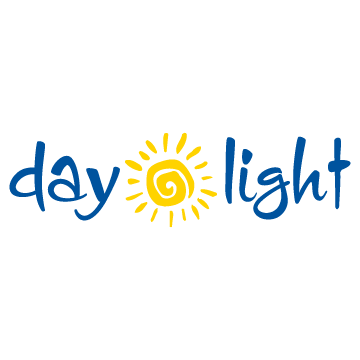


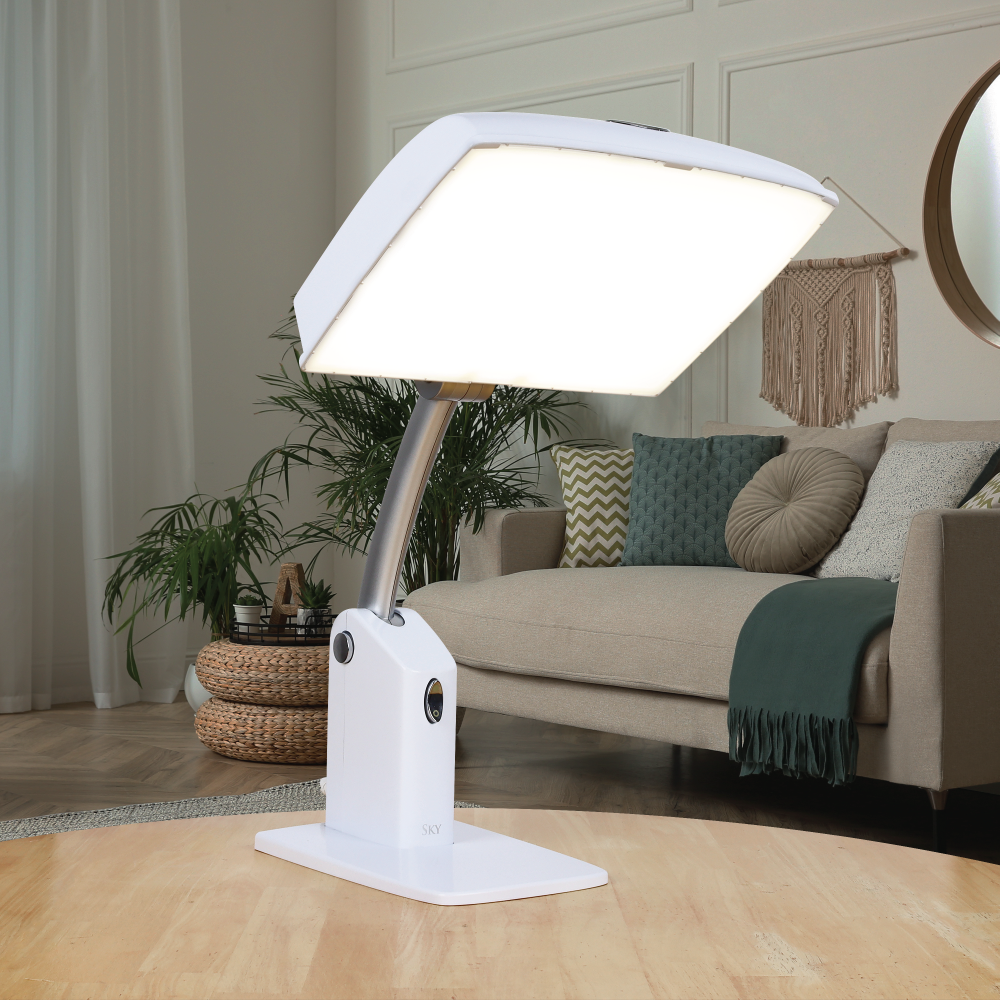
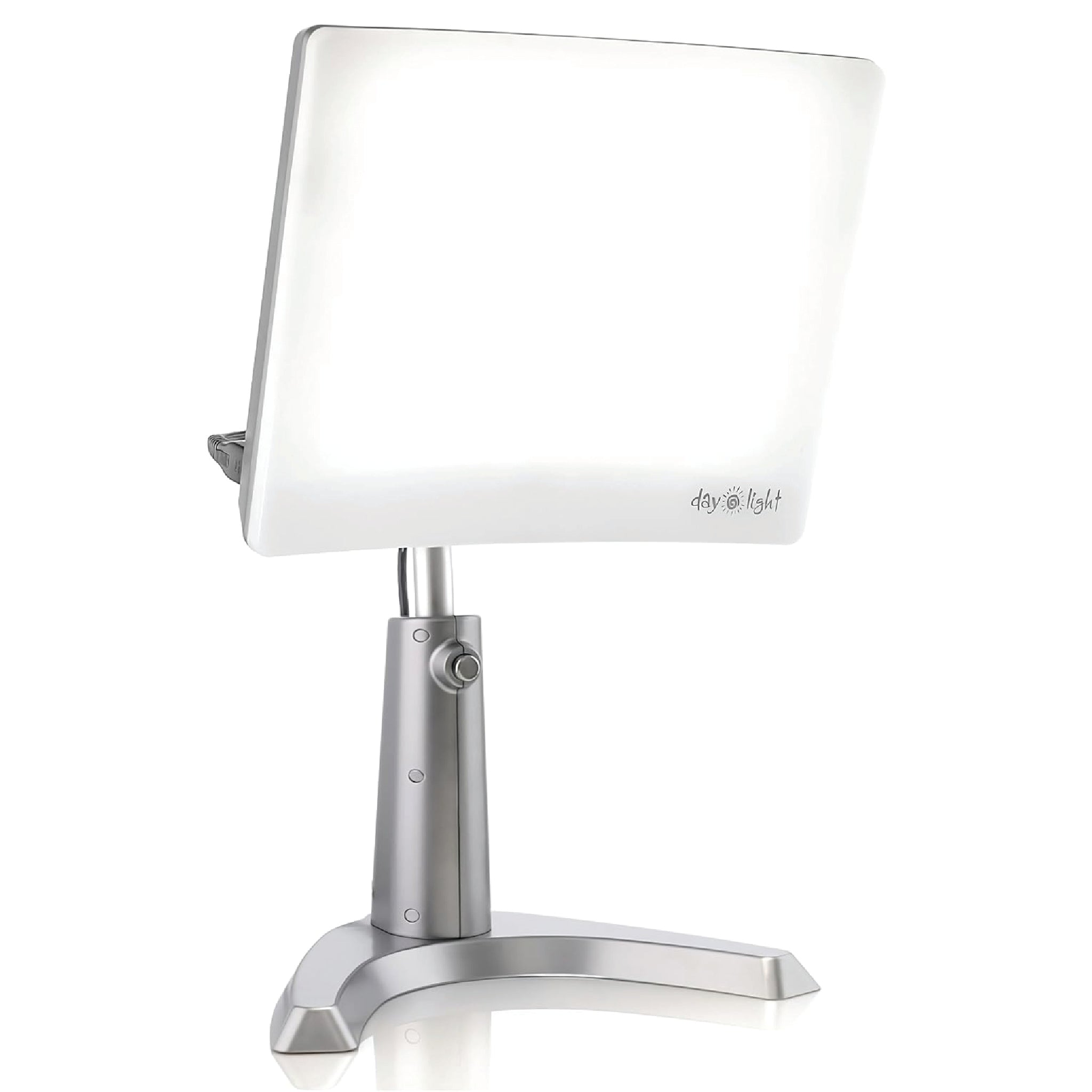
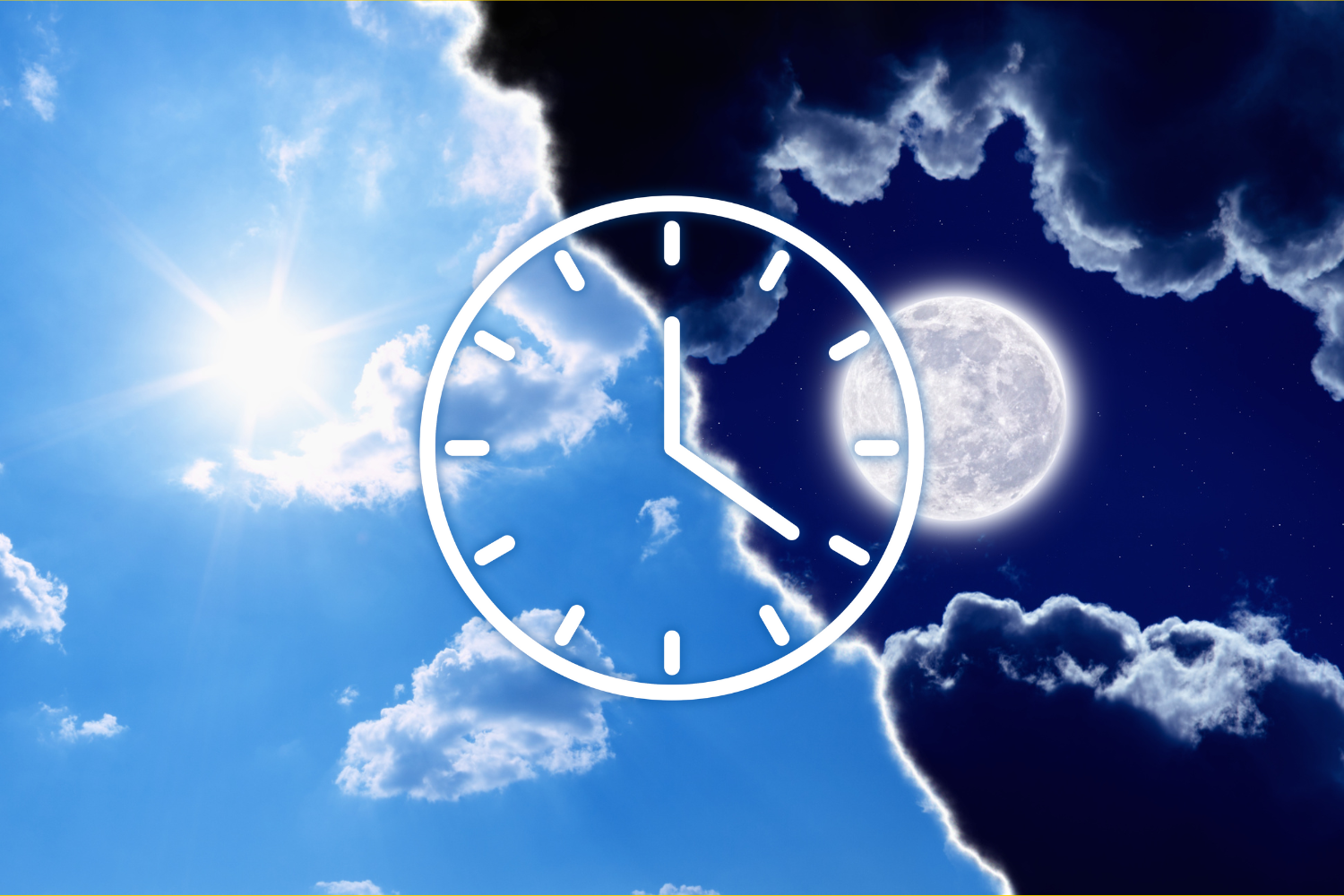

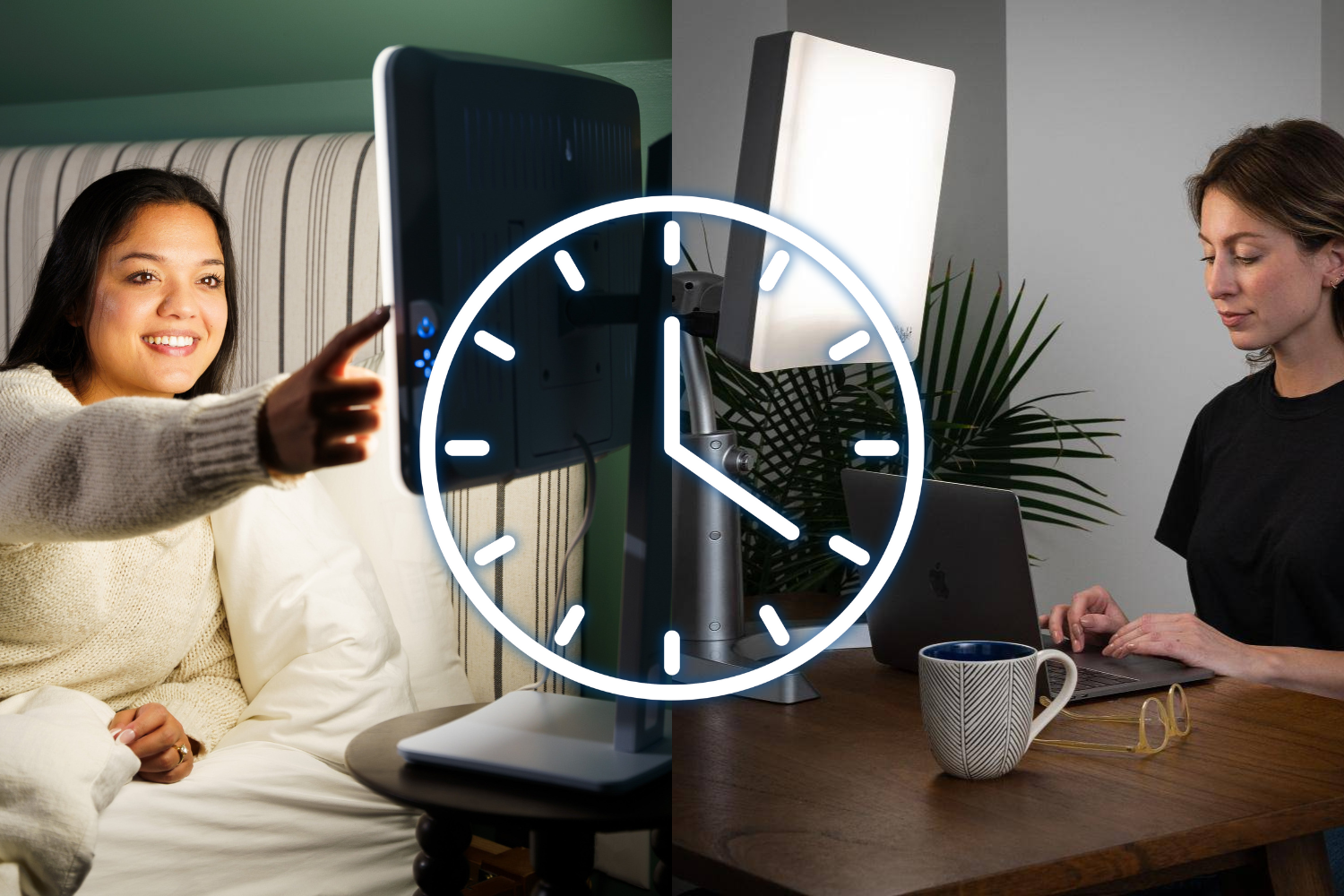
Laisser un commentaire
Tous les commentaires sont modérés avant d'être publiés.
Ce site est protégé par hCaptcha, et la Politique de confidentialité et les Conditions de service de hCaptcha s’appliquent.